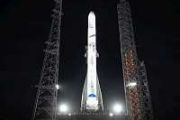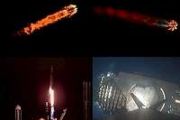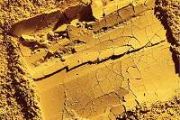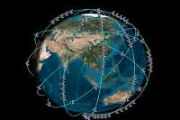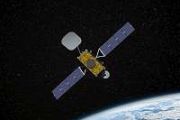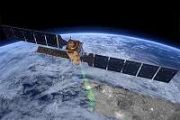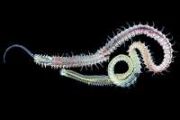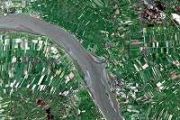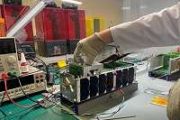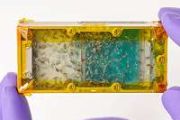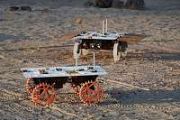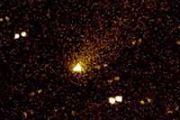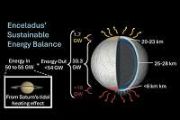
Copernical Team
How NASA's Psyche mission will explore an unexplored world

Launching in August 2022 and arriving at the asteroid belt in 2026, NASA's Psyche spacecraft will orbit a world we can barely pinpoint from Earth and have never visited.
The target of NASA's Psyche mission—a metal-rich asteroid, also called Psyche, in the main belt between Mars and Jupiter—is an uncharted world in outer space. From Earth- and space-based telescopes, the asteroid appears as a fuzzy blur. What scientists do know, from radar data, is that it's shaped somewhat like a potato and that it spins on its side.
By analyzing light reflected off the asteroid, scientists hypothesize that asteroid Psyche is unusually rich in metal. One possible explanation is that it formed early in our solar system, either as a core of a planetesimal—a piece of a planet—or as primordial material that never melted. This mission aims to find out, and in the process of doing so, they expect to help answer fundamental questions about the formation of our solar system.
Space vacuuming in 360° | Cosmic Kiss
 Video:
00:03:28
Video:
00:03:28
Even astronauts in orbit cannot escape housework. Join ESA astronaut Matthias Maurer as he vacuums the European Columbus and Japanese Kibo modules of the International Space Station in this 360° video.
Unlike on Earth, dust on the Space Station does not settle. Astronauts vacuum regularly to prevent floating dust from getting in their eyes and noses, causing irritation and allergic reactions. Pan to explore the different modules and follow Matthias’s work.
Matthias was launched to the International Space Station on Crew Dragon Endurance as part of Crew-3 at 02:03 GMT/03:03 CET Thursday 11 November. His ESA mission on board
Cupola in 360° | Cosmic Kiss
 Video:
00:03:22
Video:
00:03:22
Join ESA astronaut Matthias Maurer inside the seven-windowed cupola, the International Space Station's "window to the world" and pan around to enjoy the view.
The ESA - European Space Agency-built Cupola is the favourite place of many astronauts on the International Space Station.
It serves not only as a unique photo spot, but also for observing robotic activities of the Canadian Space Agency's robotic arm Canadarm2, arriving spacecraft and spacewalks.
Just outside the cupola and behind Matthias is a portion of the Soyuz MS-19 crew ship docked to the Rassvet module and the Prichal docking module attached to the Nauka
Webb secured inside Ariane 5 fairing
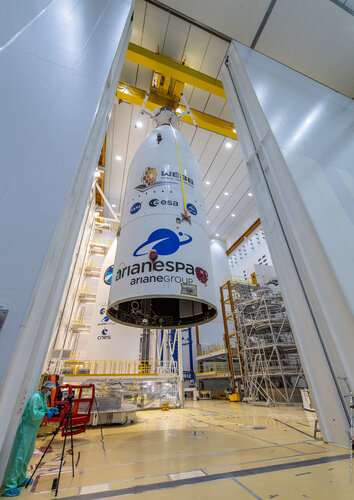
On Friday 17 December, the Ariane 5 rocket fairing was closed around the James Webb Space Telescope. This protective fairing, or ‘nose cone’, will shield the telescope during liftoff and its journey through the atmosphere on 24 December.
James Webb Space Telescope: Launch of world's most complex observatory will rest on a nail-biting knife edge
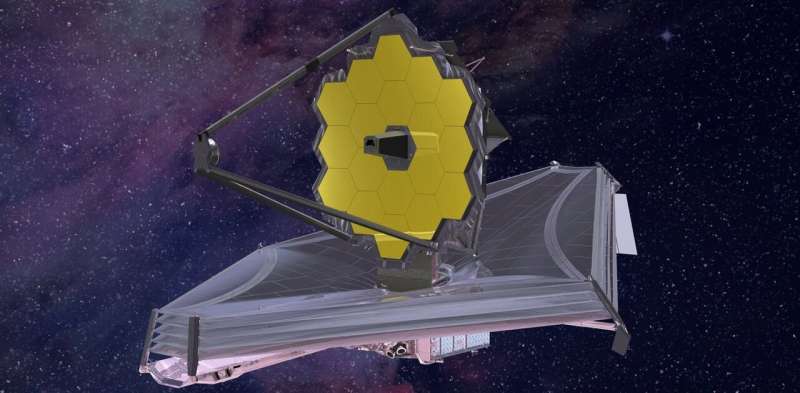
When the immense sound of the Ariane 5 rocket rumbles across Europe's spaceport in French Guiana, it will signal the end of a journey decades in the making. Perched atop the rocket will be the James Webb Space Telescope (JWST), the most sophisticated and complex observatory ever constructed. An enormous mirror 6.5 meters across, consisting of 18 gold-plated segments, will be delicately folded to fit within the nose cone.
That precious cargo carries the hopes and dreams of thousands of engineers and scientists like us who have worked for so long to make this observatory a reality. We'll no doubt all be holding our breath.
If all goes well, humanity will have a new eye on the cosmos, with capabilities that far surpass anything that has gone before.
Who owns the universe?
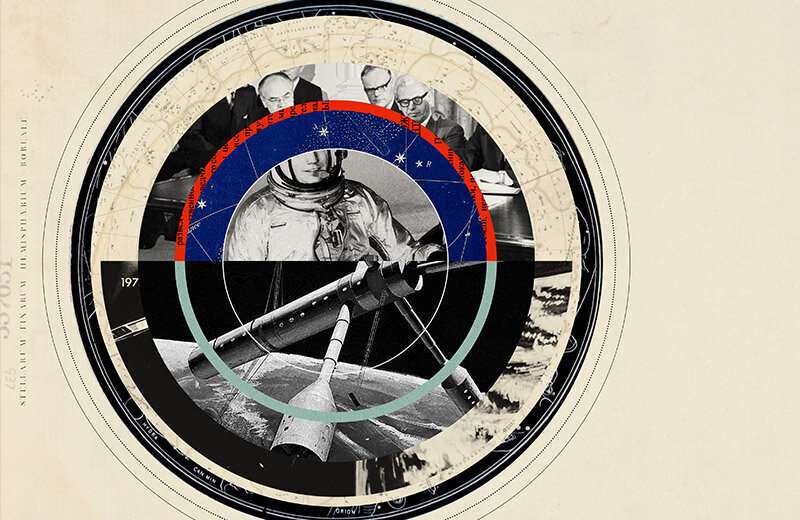
With many countries, companies and individuals intensifying their space exploration programs, questions about rights, ownership and the feasibility of manned space missions are coming to the fore of public debate.
In early 1610, Italian astronomer and physicist Galileo Galilei wrote a letter to Cosimo de' Medici—then Grand Duke of Tuscany—stating that he had observed for moons of Jupiter (which Galileo initially believed to be stars) using his improved telescope lens. Hoping to secure the grand duke's patronage, Galileo proposed naming the bodies after Cosimo's family, eventually calling them the "Medicea Sidera," or the Medicean stars. (In the end, the moons were named for four lovers of the god Zeus: Io, Europa, Ganymede and Callisto.)
Galileo was not the first to claim stars in the name of people on Earth, and he was to be far from the last. Although the names of celestial bodies are now determined by the International Astronomical Union using a systematic naming system, the idea that outer space is terra incognita, a place yet unexplored or claimed, where everything is up for grabs, is more powerful today than ever before.
Dragon delivery: European science destined for space
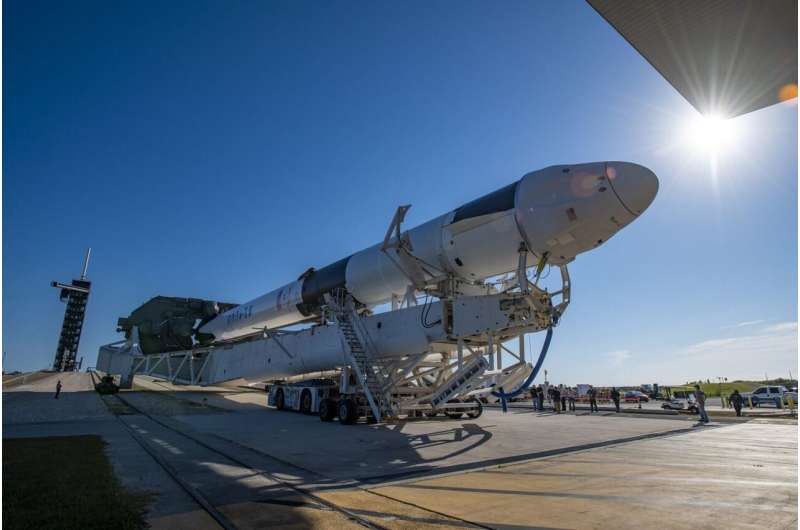
The next SpaceX resupply vehicle is packed with European science, ready for delivery to the International Space Station just in time for Christmas.
The Dragon spacecraft is scheduled to launch from NASA's Kennedy Space Center in Florida, U.S., at 11:06 CET (10:06 GMT) Tuesday 21 December. But before it does, we take a quick peek at some of the European cargo it carries.
Safe air
Astronauts living on the International Space Station never get a breath of fresh outdoor air.
In their closed atmosphere, irritating, poisonous and carcinogenic gas compounds emanate from materials, equipment and the crew itself. However, there is no window to open to freshen the room, so the astronauts must rely on the air revitalisation system.
Air quality is monitored continuously to assure the crew's health and well-being. A rapid response by the astronauts to any accidental release of harmful gaseous contaminants, or malfunction of the air system is essential, and air monitoring is even more important as missions last longer and samples cannot be taken to Earth for analysis.
Science fiction revisited: Ramjet propulsion
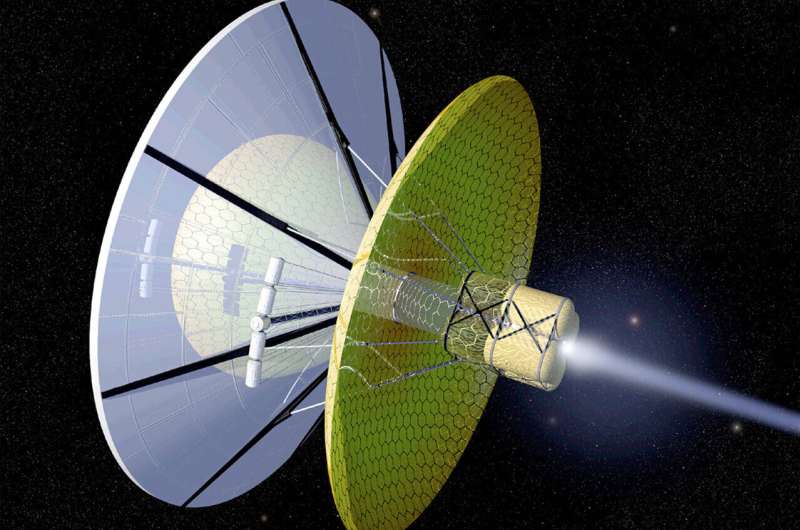
In science fiction stories about contact with extraterrestrial civilisations, there is a problem: What kind of propulsion system could make it possible to bridge the enormous distances between the stars? It cannot be done with ordinary rockets like those used to travel to the moon or Mars. Many more or less speculative ideas about this have been put forward—one of them is the "Bussard collector" or "Ramjet propulsion". It involves capturing protons in interstellar space and then using them for a nuclear fusion reactor.
Peter Schattschneider, physicist and science fiction author, has now analyzed this concept in more detail together with his colleague Albert Jackson from the USA. The result is unfortunately disappointing for fans of interstellar travel: it cannot work the way Robert Bussard, the inventor of this propulsion system, thought it up in 1960. The analysis has now been published in the scientific journal Acta Astronautica.
The hydrogen-collecting machine
"The idea is definitely worth investigating," says Prof. Peter Schattschneider. "In interstellar space there is highly diluted gas, mainly hydrogen—about one atom per cubic centimeter.
NASA says glitch on Boeing rocket delays launch again
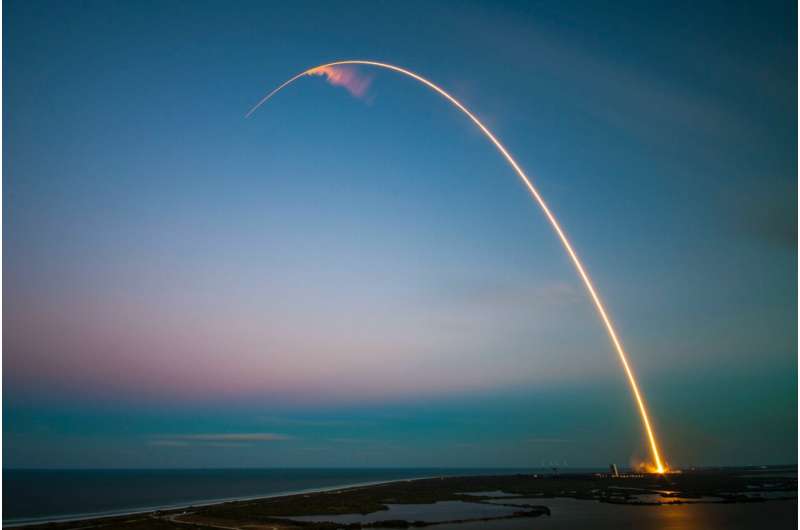
NASA plans to replace an engine controller aboard its massive SLS rocket after finding a communications glitch with the system's avionics during preflight testing, the latest setback in a program for which Boeing Co. is the main contractor and that has been plagued by years of delays and billions of dollars in costs beyond its initial budget.
The National Aeronautics and Space Administration also said Friday it will explore launch dates for a test flight in March and April.
The rocket, which Congress authorized and began funding in 2010, was supposed to fly in late 2016. In October, NASA solicited ideas from the aerospace industry about ways to lower the costs associated with the Space Launch System.
Replacing the unit on one of the SLS's four RS-25 engines is "the best course of action," the agency said. The update comes after engineers preparing the rocket for flight detected a communications problem last month between the rocket's avionics system and the No. 4 engine, and began troubleshooting the issue.
NASA plans to use the Space Launch System rocket and Orion crew capsule to return astronauts to the moon later this decade.
Human muscle cells to be launched into space for aging research
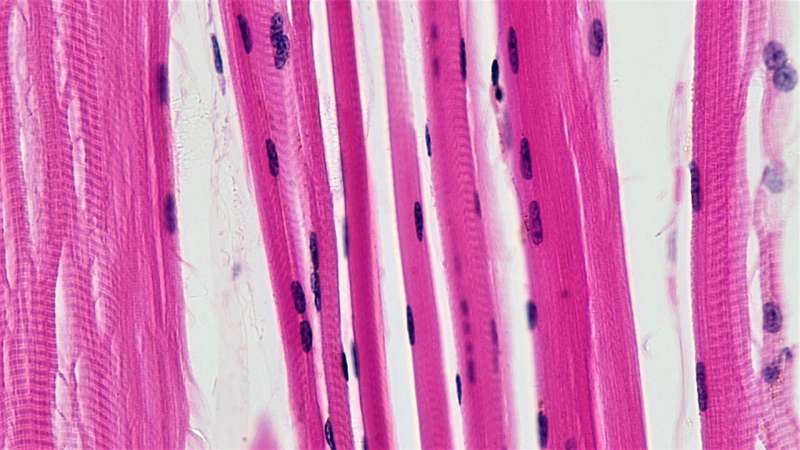
Tiny human muscle cells will be blasted into space in an experiment that could help people live longer, healthier lives.
The experiment, called MicroAge, is set to be launched to the International Space Station (ISS) on Tuesday.
Space will be used to understand what happens to human muscles as people age, and why.
Lab-grown human muscle cells, the size of a grain of rice, have been put into small 3D-printed holders the size of a pencil sharpener.
Once in space, they will be electrically stimulated to induce contractions in the muscle tissue, and the scientists will look closely to see what happens.
Spending time without the effects of gravity can cause astronauts' muscles to get weaker, just as they do in older age, before recovering when they return to Earth.
University of Liverpool researchers, funded by the UK Space Agency, will study what happens to muscle tissue in space, and compare the findings to what happens on Earth.








